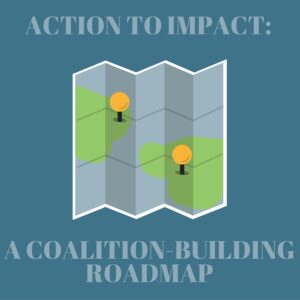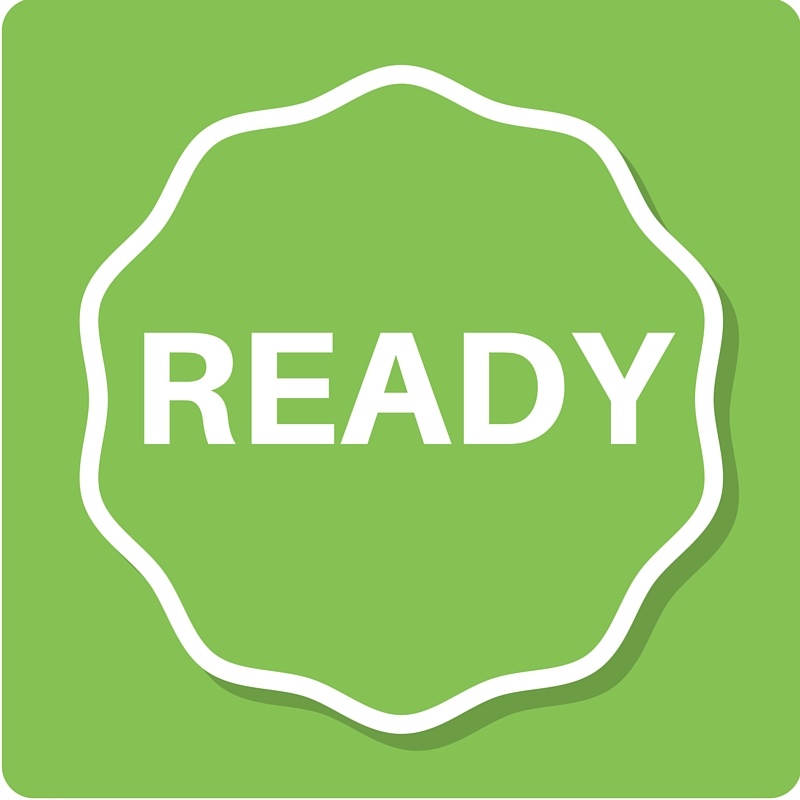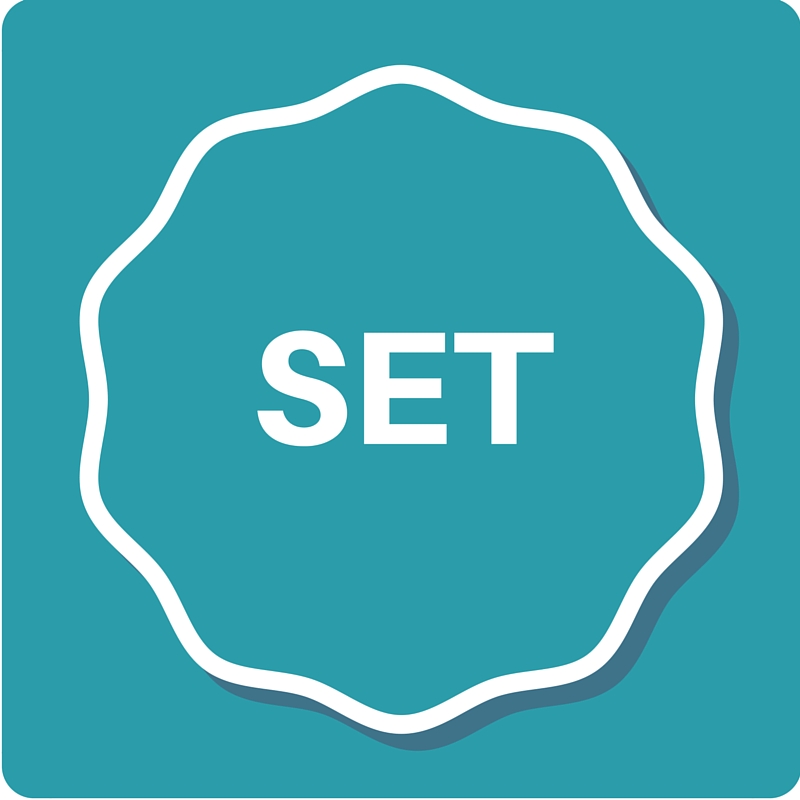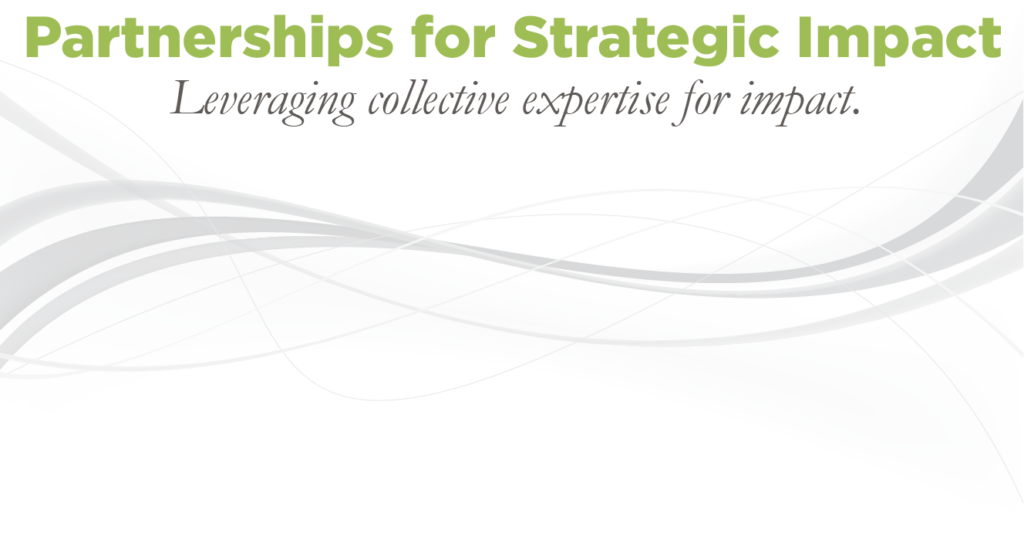 |
 |
 |
 |
 |
Building a coalition is not a linear, one-size-fits-all process. Yet, if done well it can create real and lasting community change. At its best, a coalition is a catalyst stimulating debate, research, new investment and collective action. A coalition harnesses the expertise and drive of individual nonprofit, public and/or private sector partners in pursuit of greater shared impact. However, building a strong, effective and efficient coalition takes a sustained, long-term investment.
Several questions addressed in this section include:
- How ready is your organization to join forces with other agencies – nonprofit, public or private – and commit human and financial resources for an effective coalition?
- What are the essential factors you should assess to determine if a coalition is a good fit for the problem you want to address?
- What are the key questions to ask to determine if you have the right combination of organizational, partner and community conditions in place to move forward to build a coalition?
The information in this section guides you in assessing whether you have the basic requirements for an effective coalition, including how to ensure that you have a strong foundation from which to build, and how to conduct a community needs assessment.
Ensuring a Strong Foundation | Conducting a Needs Assessment
Ensuring a Strong Foundation
In community work, organizations are often called together to share information and to network, particularly when working on the same or complimentary issues. Information sharing and networking are critical activities for any organization. They can help address the common challenge of working in silos and focusing only on your work, rather than building a broader community understanding that can better advance your organization’s mission. From this understanding can emerge a long-term goal to act together in coalition to fill a community service gap that cannot be solved by any one organization. And sometimes, coalitions assemble to start with this long-term goal. Either way, it is important to identify the purpose of the coalition early on. Further, it is important to clarify the coalition’s scope of work and expectations to ensure that your organization’s interests are well-aligned and that you are able to effectively participate. Most importantly, if coalition meetings seem adrift, it is not enough to continue to attend out of obligation to a colleague or because you do not want to miss what happens when you are not present. Your time and your organization’s mission are too important for you to be involved in a coalition that is not mutually beneficial.
If you’ve decided a coalition needs to be created to achieve collective impact or you have been asked to participate in a coalition, there are three key assessments to consider: (1) you should assess the capacity of your organization to meaningfully participate, (2) determine whether a coalition is the right model to tackle the challenge and (3) evaluate the current community environment to determine readiness/openness to change. If needed, you should ready your environment to cultivate the partnerships that will help you create a strong coalition. Doing this analysis and relationship-building at the start will help you, your organization and the coalition be more efficient and effective over the long-term.
-
Assess Your Organization
Before you dive into coalition work, make sure you proactively assess your organization’s readiness to fully commit to being part of a coalition. With your leadership team, map out: the purpose of any coalition engagement, determine coalition fit, ensure you have the time available to make coalition participation meaningful, assess staff capacity to participate, confirm board support and engagement, and think long-term about the commitment required and possible conflicts of interest. Read More
-
Assess Whether Your Coalition is the Right Model
There are many different types of collaboration – from information-sharing to joint projects to shared administrative services to a coalition that comes together to improve community outcomes. An important starting point is to assess whether a coalition is the right collaboration model for what you want to accomplish. The coalition model outlined in this Roadmap – most commonly used to achieve collective impact – allows multiple organizations across sectors to work together on a common agenda to address complex, challenging and specific community issues that impact a broad range of community members. Read More
-
Assess the Environment
Once you have determined your own organizational readiness, and confirmed building a coalition is the right model to achieve your community goals, the next question is whether the environment is ready to benefit from a coalition. Effective collective impact coalitions require considerable, long-term investment by partner organizations – all of whom are already deeply focused on their own missions. Economic, political and environmental factors will play a large role in the level of the investment that partners are willing to give to any coalition effort. Read More
-
Ready the Environment
If catalysts are not present, take time to put them into place before launching your coalition. There are many creative and productive ways to begin to cultivate partnerships and the sharing of resources in your community, as well as to begin the necessary conversations about collaboration and coalition-building. Read More
Conducting a Needs Assessment
A needs assessment can be an important tool to quantify the issues and create a sense of urgency around community action. For a coalition of any age, a needs assessment may be used to define priorities, assess changes in conditions, focus efforts and leverage funding and support.
You may know that a problem exists, but do you have numbers to back that up? How do you know that the numbers reflect the true problem? How do you build a case that the problem really needs to be addressed? A needs assessment will help you answer these questions.
-
Purpose of a Needs Assessment
A solid needs assessment ensures the coalition’s mission and goals are specifically tailored to addressing a real, measurable, community-level problem. Ultimately, a needs assessment clarifies what community-level need the coalition is coming together to address. Collective impact is the current common term for the community-level impact being addressed by a multi-sector coalition (or any other collaborative). This is the “dial” the coalition is trying to move. Read More
-
Scope of a Needs Assessment
Needs assessments can either be large, comprehensive and broad, or they can be focused and targeted. How do you know what is best for you? A needs assessment can be as simple as pulling together public health data, as deep as multiple interviews, or as extensive as a door-to-door survey. These section of the Roadmap is designed to help you be informed about what you are looking for, what resources will be needed and whether or not you will want to hire an evaluator to do the work. Read More
-
Types of Needs Assessments
There are different types of needs assessments that range in expense and complexity. Read More
-
Sampling in Needs Assessments
Sampling is a method of surveying some people rather than the whole population, and must be considered no matter what kind of needs assessment you conduct – unless you are using publicly available data collected on everyone receiving a service. Sampling can save resources, but there are trade-offs. Ultimately, you want to include enough people in your needs assessment so that you feel you are likely representing everyone’s perspective. Accidentally or systematically leaving groups of people out of your needs assessment reduces its validity and the likelihood that people will this it is a convincing assessment. Read More
-
How to Use Needs Assessment Data
After the needs assessment data is collected and entered, there are several steps to take to be able to use the data efficiently and effectively. The GO Section of the Roadmap details the steps. Read More


